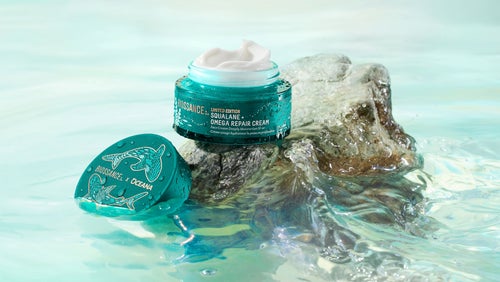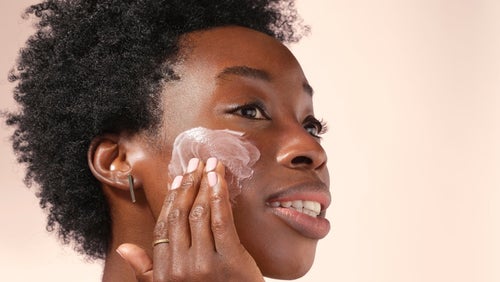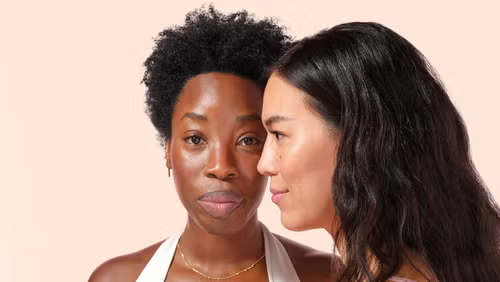Latest Articles

How We’re Partnering With Oceana To Protect The Ocean, And How You Can Help
At Biossance, our commitment to the ocean runs deep—from shark-saving ingredient innovation to ocean-friendly packaging. June 8th is World Oceans Day, but we’re celebrating all month long. Every year, we team up with Oceana to raise awareness about ocean conservation and help preserve our seas. Roughly 50% of marine life populations have disappeared since 1970, […]

The Best Pregnancy-Safe Skincare Routine for Hydrated Skin
Your entire world shifts the second you find out you’re pregnant. And that includes your daily skincare routine. Unfortunately, there’s a lot of uncertainty around skincare routines for pregnant and breastfeeding women as most ingredients have not been tested on women who are lactating or expecting. This lack of safety data can make creating a […]

7 Luxurious Mother’s Day Skincare Gifts for Every Mom
Celebrate Mother’s Day by gifting every mom on your list with a stunning, sustainable skincare gift. As a female-led company, we know that “mom” isn’t a one-size-fits-all label. It’s a word whose meaning is as unique as the person who wears it. This Mother’s Day, we’re honoring the many mother figures in our lives with […]

An Inside Look at Our Recyclable Packaging
It’s one thing to say we care about the environment, and it’s another to actually do the work. We are constantly revisiting and reimagining our products and packaging in ways that are responsible to people and the planet. Not only are our tubes and bottles completely recyclable, our outer cartons are also made from FSC-certified […]




